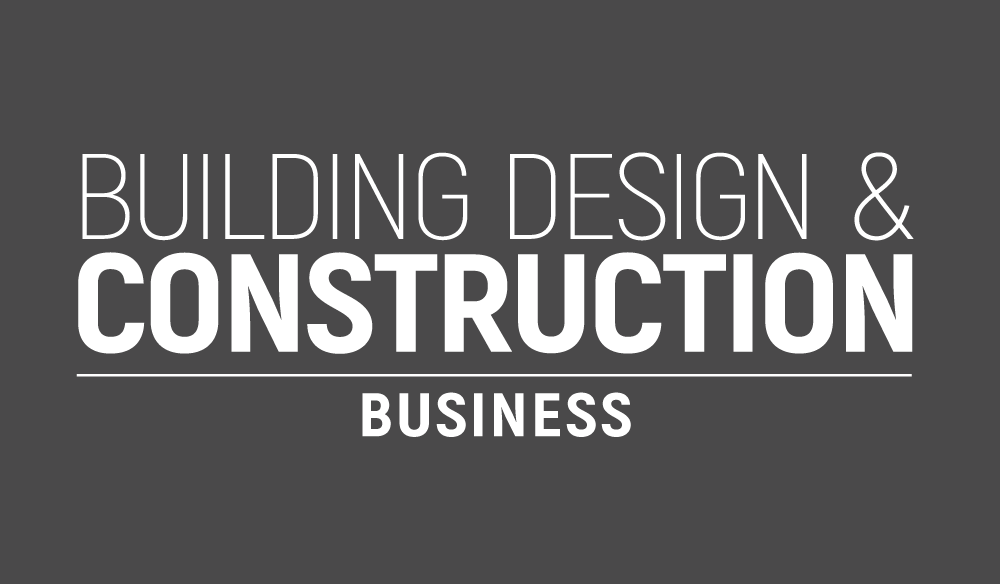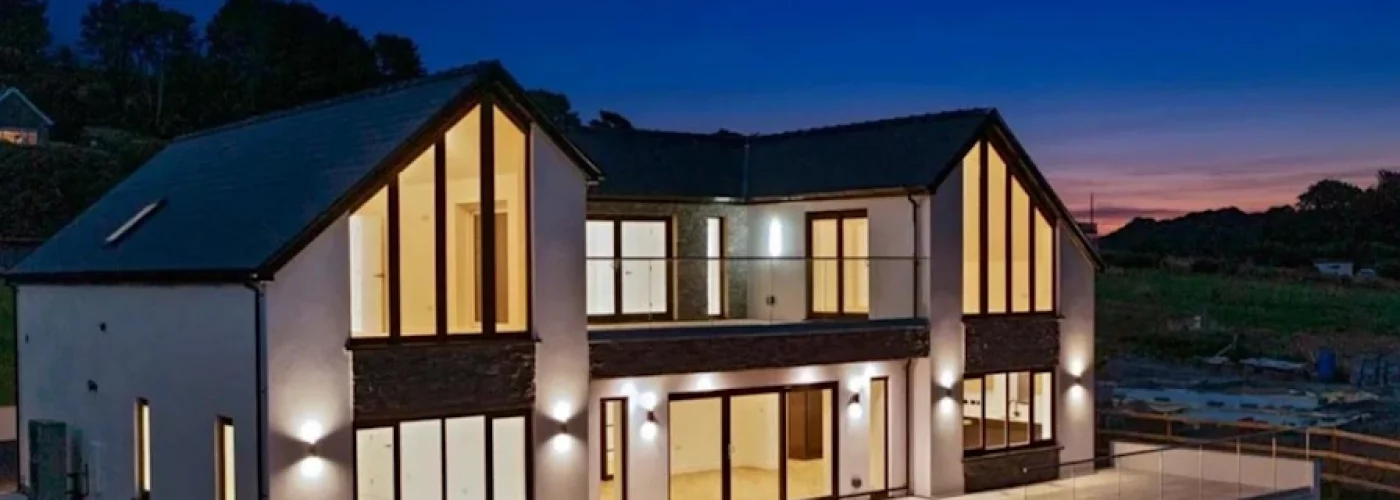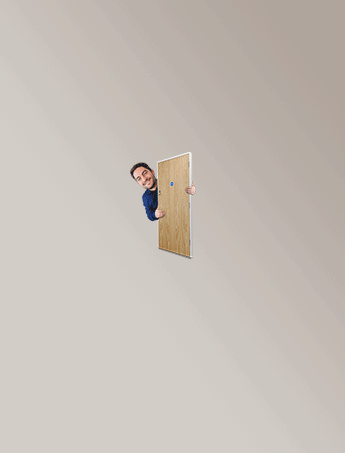Introduction
At first glance, a small crack on the outside of a house may seem harmless. A bit of peeling paint, a bulge in the wall, or some discoloration is often brushed off as cosmetic. But in reality, exterior finishes are far more than decoration. They act as the home’s first line of defense against rain, wind, and fluctuating temperatures. When they fail, the consequences extend well beyond appearances.
For homeowners, these failures often come as a surprise. What starts as a minor issue can evolve into costly repairs. But here’s the good news: addressing exterior failures can also create the perfect opportunity for a complete home transformation—one that enhances both durability and design.
Common Causes of Exterior Failures
Not all exterior problems have the same root cause. Some come from age and wear, while others stem from errors during the original construction.
One of the most common issues is poor installation. When flashing is missing or improperly placed, water has a direct path inside. Likewise, if builders skip critical details like house wraps or drainage planes, the structure becomes vulnerable to hidden moisture. Over time, these shortcuts catch up.
Climate also plays a major role. In regions with heavy rainfall or high humidity, walls are under constant attack from water. Even the best finishes can degrade quickly when paired with the wrong materials for the environment. And when homeowners don’t keep up with maintenance, small flaws grow into big risks.
These situations often leave people searching online for solutions. That’s why terms like “stucco remediation near me” are so common. They highlight the widespread reality: exterior failures are not isolated problems—they’re happening in communities across the country.
Warning Signs Homeowners Shouldn’t Ignore
Exterior failures rarely happen overnight. Instead, they send signals—subtle at first, then increasingly obvious.
Cracks are one of the earliest signs. They may run vertically, horizontally, or even spider across the wall. While tiny fractures can seem like surface issues, they’re often evidence of deeper trouble beneath.
Another red flag is discoloration. If you notice streaks, patches, or areas that stay damp long after rain, it’s a sign water isn’t draining properly. Bulging or uneven walls also point to trapped moisture behind the surface.
Inside the home, the warning signs become more alarming: mold growth, musty odors, and even higher energy bills due to compromised insulation. Each of these points back to the same root problem—the building envelope has been breached.
The Hidden Risks Behind Surface Problems
When exterior finishes fail, the visible flaws are only the tip of the iceberg. The real danger lies behind the walls.
Moisture that seeps inside doesn’t stay put. It spreads into framing, insulation, and substructures, causing rot and decay. In extreme cases, it can weaken the very bones of the house. Once that happens, repairs escalate from minor fixes to major reconstructions.
The financial risk is equally serious. Delaying remediation often doubles or triples the cost, as damage spreads further with each passing season. And beyond the wallet, there’s a health concern: mold and mildew thrive in damp, dark spaces, putting families at risk of respiratory issues.
Turning a Problem into a Transformation Opportunity
Though the risks are real, exterior failures don’t have to be a homeowner’s nightmare. They can be reframed as a chance to invest in a full transformation.
Think of it this way: if you’re already repairing large sections of your exterior, why not redesign the look entirely? Instead of patching, you can choose to update materials, improve energy efficiency, and enhance curb appeal in one move.
A failing exterior can become the gateway to a fresh, modern style. Homeowners often take this opportunity to switch to cladding options that perform better in their climate, add new insulation for lower energy bills, or refresh windows and trim to match the updated design.
What began as an urgent repair becomes an investment that raises both the home’s value and its livability.
Best Practices for a Successful Exterior Overhaul
Transforming a damaged exterior into a stronger, more beautiful home requires careful planning. Cutting corners during the second round of work is the fastest way to repeat past mistakes.
Here are some best practices to follow:
- Hire experienced professionals. Contractors who specialize in remediation understand the science behind walls, not just the surface finishes.
- Choose materials wisely. The right cladding for one region may not be suitable for another. Consider local climate, durability, and maintenance needs.
- Follow modern building standards. Proper flashing, ventilation, and drainage systems are non-negotiable. These details keep water out and extend the life of the renovation.
- Upgrade complementary features. While addressing the exterior, it’s smart to replace old windows, add better insulation, or update roofing to maximize efficiency and protection.
By approaching the project with long-term durability in mind, homeowners can avoid future failures and enjoy the benefits of a full transformation.
A Realistic Case Study
Consider a home that was built in the late 1990s with an exterior finish popular at the time. Within twenty years, small cracks appeared, followed by water stains on the interior drywall. A professional inspection revealed extensive hidden damage behind the walls.
Instead of opting for a temporary patch, the homeowners invested in a complete exterior overhaul. They chose a new cladding system designed for better drainage, upgraded their insulation, and replaced aging windows with energy-efficient models.
The result wasn’t just a repaired home—it was a reinvention. Energy bills dropped, curb appeal skyrocketed, and most importantly, the house became structurally sound again. What started as a failure turned into one of the best decisions they ever made.
Conclusion
Exterior failures are never welcome, but they carry a hidden silver lining. When walls crack, finishes fade, or water intrudes, the damage feels overwhelming. Yet each of these problems opens a door. With the right approach, a setback can evolve into a transformation that protects the home, improves energy use, and refreshes its look.
The key is to act early, address root causes, and view the project as an investment in the future. A failing exterior isn’t the end of the story. It’s the beginning of a new chapter—one where homeowners turn a vulnerable house into a durable, beautiful, and lasting home.





